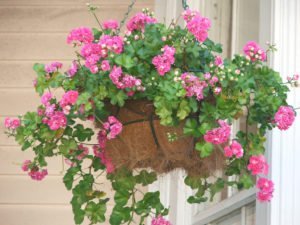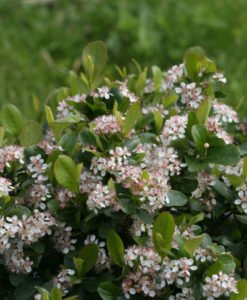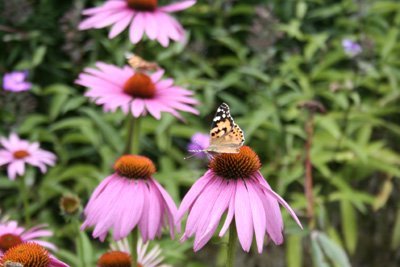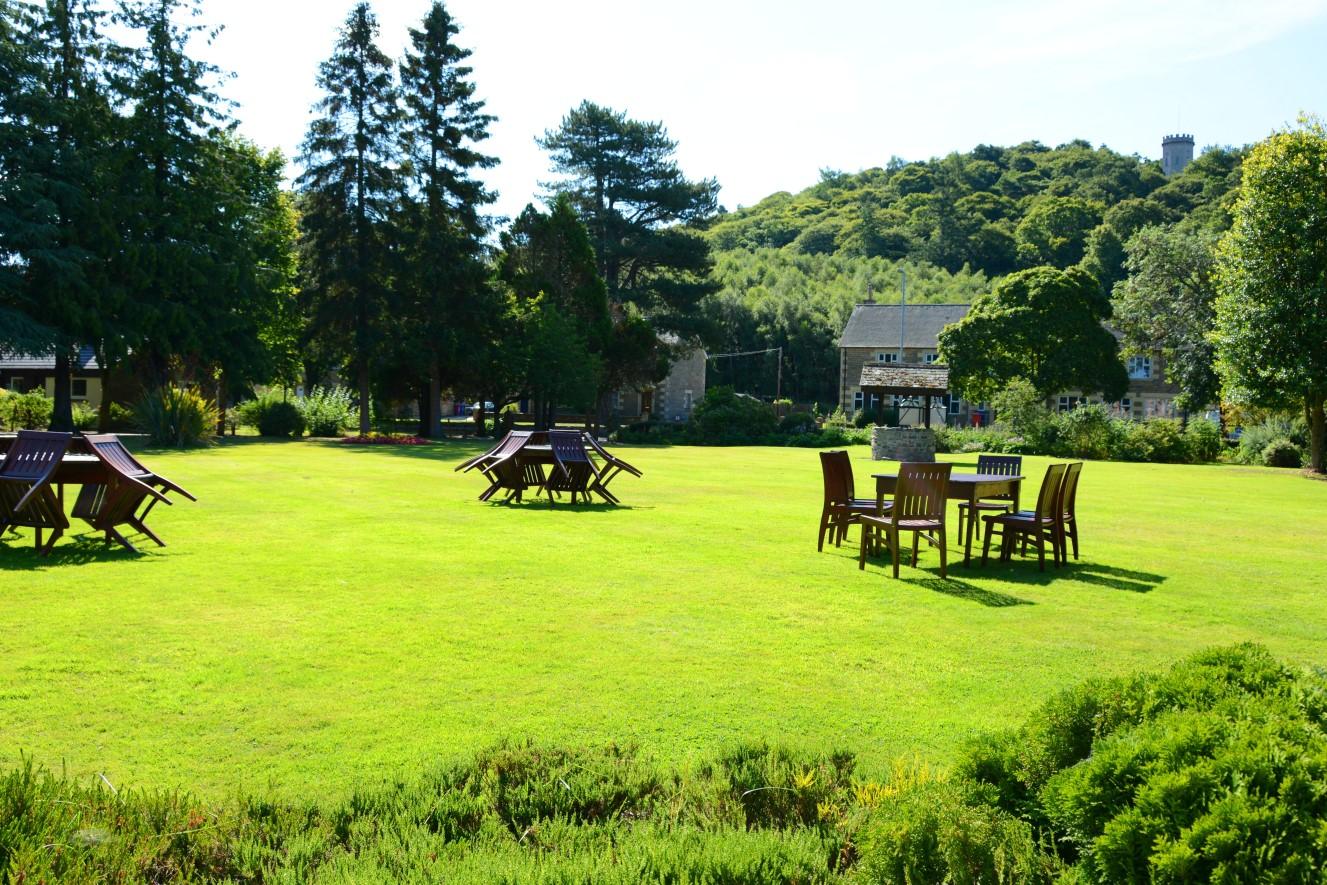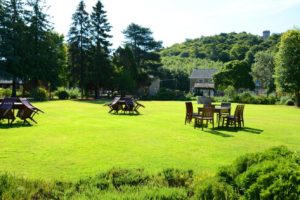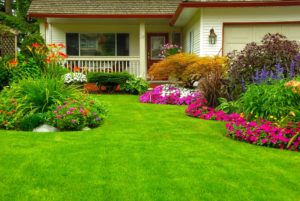
Garden Decor, Lawn Care, Perennials - Care, Planting, Seasonal Tips, Shrubs & Bushes, Trees - Planting & Care
With so many new varieties of plants out there, it’s hard not to impulse buy. However, it’s important to remember that some plants will give short-term color while others will add interesting appeal throughout the season. Take the time to research a prospect before making that purchase. Not all areas of your yard will be able to accommodate the plants that you may want. As silly as it may seem, on the next sunny day, take note of how much sun each area of your property receives.
Another thing to consider is the amount of wind exposure. Thus, doing a little research now and knowing beforehand can save you money and headaches down the road.
Don’t have that artistic skill? Stop in at Heritage Hill Nursery Inc. and see what our design team can do for you.
Perennials
Plants purchased at Heritage Hill Nursery, Inc. can stay in the containers they are purchased in. However, it’s important to water each pot thoroughly until the water visibly runs from the bottom; repeat this step every day until planted.
When ready to plant, use a 50/50 mixture of existing soil amended with a good planting soil (HHN sells planting soil by the bag). Hold off fertilizing for a year because they typically will have already been fertilized. Existing perennials, however, can benefit from either slow-release or liquid or organic fertilizers (all of which can be found at HHN). Once the plant is in the ground, you will need to water daily. Watering in the morning helps prevent wilting in the afternoon and allows the plant to thoroughly dry before nightfall. Sometimes it may be necessary to water twice a day if it’s really hot outside. Moisture probes are inexpensive and usually accurate ways to check when watering is needed.
- Bring out the peony cages and other plant supports and position them around the plants that will become top-heavy.
- Guiding new stems into the squares is easier than trying to carefully squeeze big flower heads into them later.
- Newly purchased perennials are usually safe to plant this month. Although, if the temps have been unseasonably low, wait another week.
- Place the pots outside during the day and bring them into the garage or into another protective environment at night.
Shrubs
Sprinkle a slow-release fertilizer (Heritage Hill Nursery, Inc. offers a vast selection of organic and regular fertilizer) around the base of the plant. Proactive measures against damaging insects and fungus should be taken early in the month before a problem arises. A brand that has worked well at the nursery is called, Bonide Systemic Insect Control and Bonide Infuse Systemic Disease Control.
Both of these products are liquid concentrate that can be safely mixed together and used on a wide range of plants. Since these products are both a systemic, the liquid is absorbed into the plant, so you can water plants freely without washing off the product.
Trees
Hold off on fertilizing trees that were purchased at Heritage Hill Nursery, Inc. last season as they were treated with a two-year slow-release fertilizer. If you are going to fertilize established trees, we recommend using Nutri-Pak (3 yr. slow release) as its safer for the environment, easy to use, and cost-efficient; it can be found at HHN.
Be on the lookout for tent caterpillars later this month. Not only are the large, pulsating masses unsightly, but these insects can also do damage to new foliage.
Before the caterpillars emerge, either uses a systemic insecticide spray, or you can prune the tent out of the tree and submerge it into a bucket of soapy water. Heritage Hill Nursery, Inc. used Bonide Systemic Insect Control because it absorbs into the plant and won’t wash off.
Lawns
Take proactive measures against crab grass towards the end of April/early May by applying a pre-emergent herbicide. However, new grass seedlings will also be killed. Due to this, it’s extremely important to not apply a pre-emergent now if you’re planning on seeding your lawn later in spring.
When the ground is dry, rake out or thatch any dead grass. Mowing shouldn’t begin until the grass reaches at least 2.5”, better if the grass reaches 3-3.5.” Furthermore, longer grass results in deeper root systems that have a better chance at warding off disease.
To achieve an even healthier lawn, first mow by cutting left to right. When it’s that time to mow again, now mow the lawn up and down in rows. Keep using this rotation throughout the season as it will help prevent unwanted wear patterns from developing.
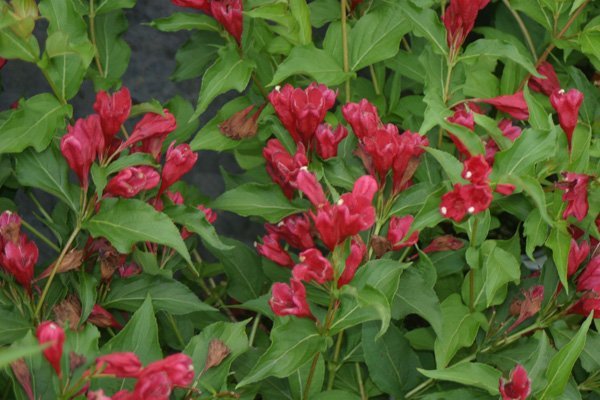
Seasonal Tips, Lawn Care, Perennials - Care, Planting, Shrubs & Bushes, Trees - Planting & Care
For most of us in Wisconsin, spring always seems to be long overdue. Some years, it feels like we move from winter right to into summer, causing yard work to get behind. Forego the unneeded stress and headache of trying to get everything done on your own by contacting Heritage Hill Nursery. We’ll set up an individualized spring cleanup service that’s tailored to your specific needs. We’re here to help if you let us.
Dates do fill up quickly, so if you think you might be interested, it’s advisable to call soon.
Perennial Care
As the snow melts and the ground begins to thaw, you’ll notice the early risers trying to poke their way through the layers of mulch. You can help these new plants along by moving the ground cover to the side, allowing the stems easy access to the warmth of the sun.
Unfortunately, spring in Wisconsin doesn’t necessarily mean that the cold has moved on. Therefore, keep extra mulch handy in case there’s still the possibility for frost.
Any perennials that needed dividing last season can safely be divided and transplanted to a new location. Pull any remaining weeds from last season and top-dress beds with freshly shredded mulch.
Shrub Care
Uncover rose bushes as the weather warms but be ready to recover them if the temperature is supposed to drop significantly.
If pruning wasn’t done last fall, go ahead and prune. However, it’s important however not to prune any shrub that produces an early flower such as lilacs. Pruning early flowering shrubs before their finished blooming for the season won’t kill the plant but will result in a flowerless shrub.
Pruning doesn’t have to be a scary task; stop by the nursery and pick up a free Heritage Hill Nursery pruning guide (HHN offers pruning services as well).
Any shrubs that need to be transplanted can safely be done at this point. Pull any existing weeds and top-dress beds with 2-3” of shredded mulch. When spreading mulch, be sure to taper away from the base of the plant. Too much moisture can weaken the outer layers, making the plant susceptible to disease.
Any shrubs that need to be transplanted can be safely done until the buds begin to open.
Tree Care
Doing an annual tree inspection and taking corrective action if needed can help maintain overall stability. During the inspection, pay close attention to the base. If there is some critter damage, the tree will heal itself and be fine.
However, if a large section or a complete ring of the bark has been removed, it’s likely that the tree will eventually die due to disease vulnerability.
Broken branches, branches that are rubbing against each other, and branches growing at weird angles should be pruned.
When temperatures consistently stay above 40 degrees, apply the dormant spray to crab trees to control overwintering pests. Make sure to remove any winter protection from around the trees such as cloth, plastic tubing, stray, etc. At some point, before the temperatures get too high, redress existing mulch with at least 2-3” of freshly shredded mulch (Heritage Hill Nursery has several types to choose from). When spreading mulch, make sure to taper from the base outward. It’s extremely important to not have a thick layer of mulch right up against the tree. Not only does mulching add beauty to the overall look of your yard, but it also helps the tree retain its moisture.
Lawn Care
Dead spots? No problem! When the ground has completely thawed, rake the area with a hand rake, removing dead grass and breaking up the top layer. Amend the existing soil with good topsoil, (Heritage Hill nursery sells bagged topsoil) making sure to overlap from the dead areas into the healthy. This overlapping will help blend the area together.
If you’re not sure what type of grass seed to use, stop by HHN and speak with a knowledgeable staff member. They can show you which type will work best for your lawn and if you provide the sq. footage that’s being repaired, they can calculate how much seed will be needed for the job.
For even coverage, use a handheld seed spreader. Lightly rake the seed into the top of the soil with just enough to cover; don’t “overwork” the area.
Afterward, to protect it from the hungry birds and the hot sun, lay down a covering of choice. At HHN, we use straw and can provide you with enough for the job.
Next, water the area completely by using a sprinkler. Keep the newly seeded area moist, but not saturated. Mow around the area until the seedlings have reached a mature height.
Seasonal Tips, Lawn Care, Perennials - Care, Planting
Perennial Care for Late June & Early July
Continue evaluating your garden. You can keep planting if you have time and space. During hot dry spells, pay extra attention to newly added plants. Perennials need on average about an inch of water per week. If you don’t have the time to keep up with the watering, consider mulching your beds. Spreading mulch, being careful not to bury any plants, will help to retain moisture longer. Prune back spring flowering plants such as bleeding hearts, to ground level. Old stems of leggy plants such as delphiniums can be cut back to the fresh growth at the base of the plant. This encourages new growth and prolongs flowering. Stop pinching back asters, mums or other fall blooming plants this month.
Courtesy Courtesy of Gardening in Wisconsin by Melinda Myers Revised Edition
LAWN TIPS
Begin watering your lawn as needed for the summer. Or alternatively, do not water and allow the lawn to go dormant (i.e., turn brown) if natural rains are insufficient. It will brown, but comes back when it rains. However, keep in mind, that dry conditions for your lawn may invite hardy weeds to grow.
Early in July (e.g., around Independence Day), fertilize with a controlled-release or slow-release fertilizer. For grass growing in the sun, use the label rate of the fertilizer that you have selected. For grass growing in the shade, apply half of the label rate. If your lawn has been consistently fertilized for 10 to 15 years, if you leave clippings on your lawn when you mow, or if your lawn has gone dormant, skip this application.
Questions about planting, feeding and watering? Take advantage of our knowledgeable horticulturist & owner, Jason. He is here to help you make good decisions on what will work best and how to properly tend to your new plantings. Visit the Heritage Hill Nursery and garden center now! We are conveniently located, close to Cedarburg, Jackson, West Bend, Slinger, WI.
Remember to take advantage of the June Special Offers!
Good through June 30th.[coupon couponid=”1029″ coupon_align=”cctor_aligncenter” name=”June Special Offers From Heritage Hill Nusery”]
AND 20% off all Varieties
of Forsythias!



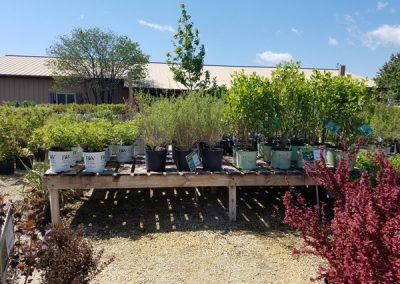
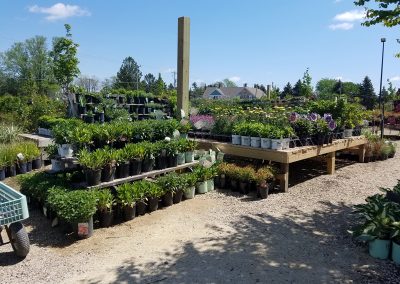
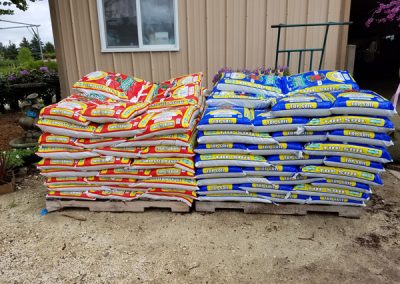
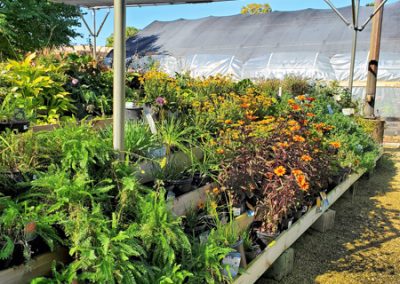


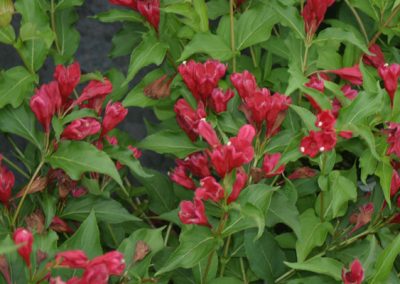
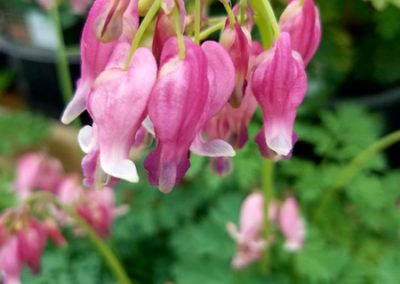
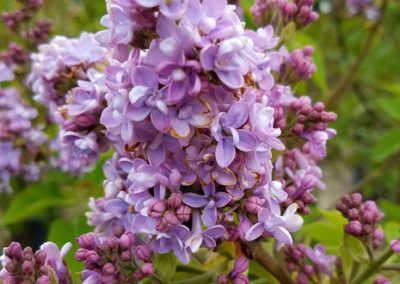
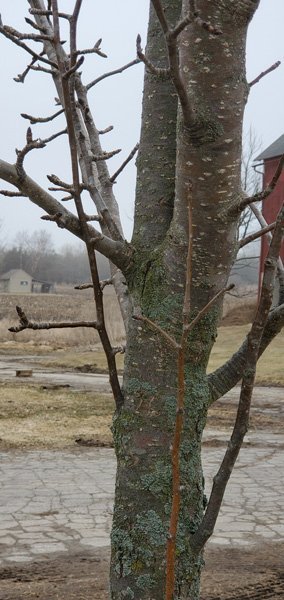


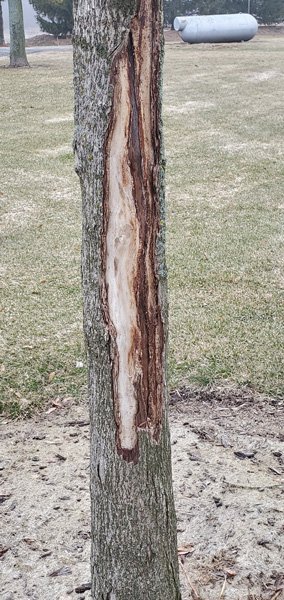



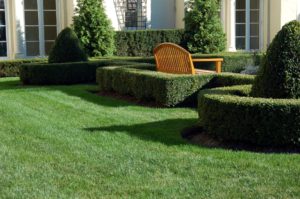 August Lawn Care
August Lawn Care 